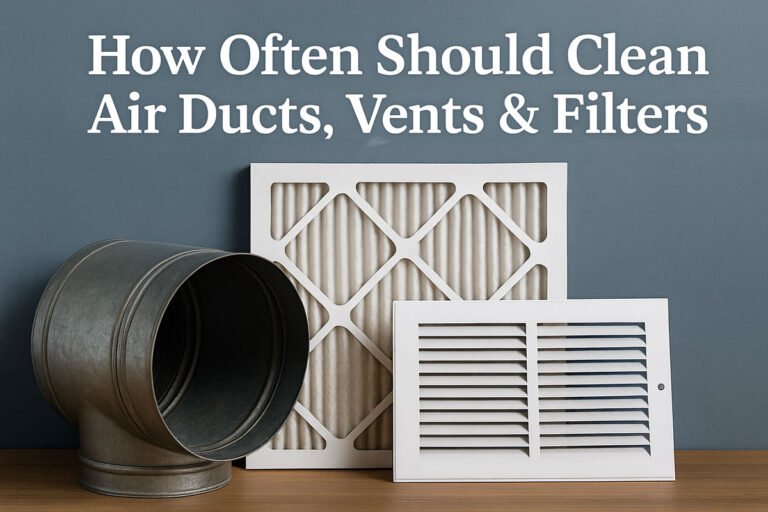
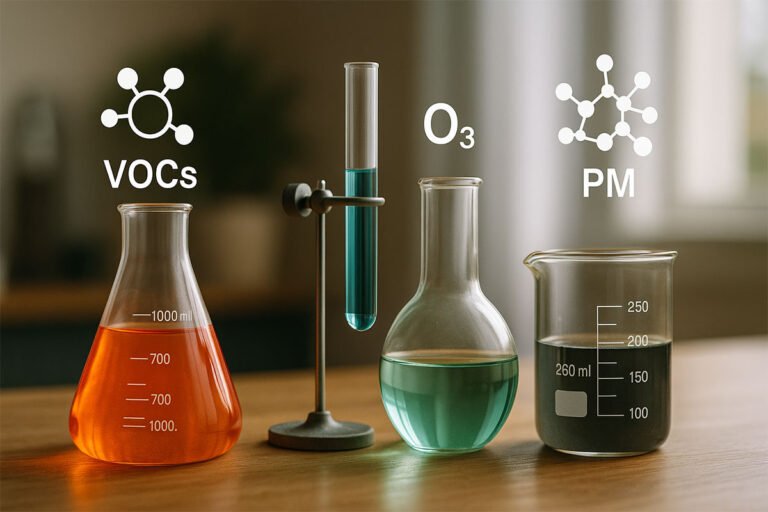
How Indoor Pollutants Interact
The Chemistry of VOCs, Ozone, Particulates & Household Materials Indoor air pollution is often discussed in terms of individual contaminants—volatile…
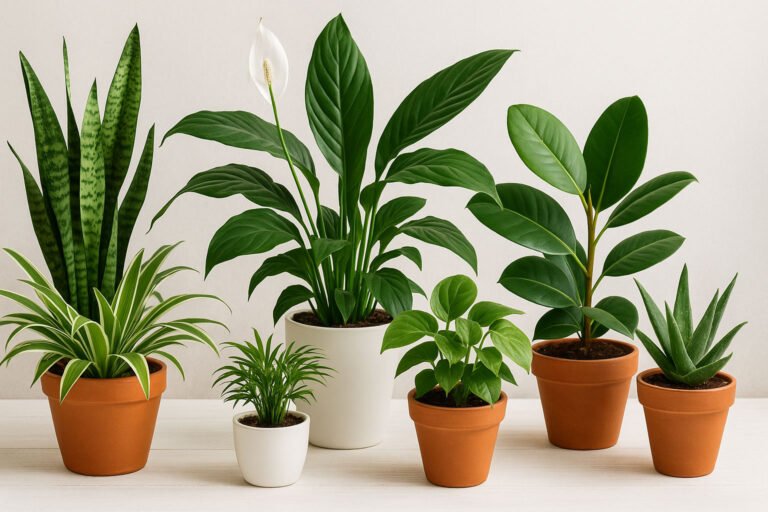
How Indoor Plants Affect Air Quality
Benefits, Myths & Scientific Reality Indoor plants have long been associated with improved well-being, cleaner air, and a healthier home…

Do HEPA Air Purifiers Really Improve Indoor Air Quality?
A Science-Based Analysis Air purifiers have become one of the most purchased home-health devices in the last decade, especially as…
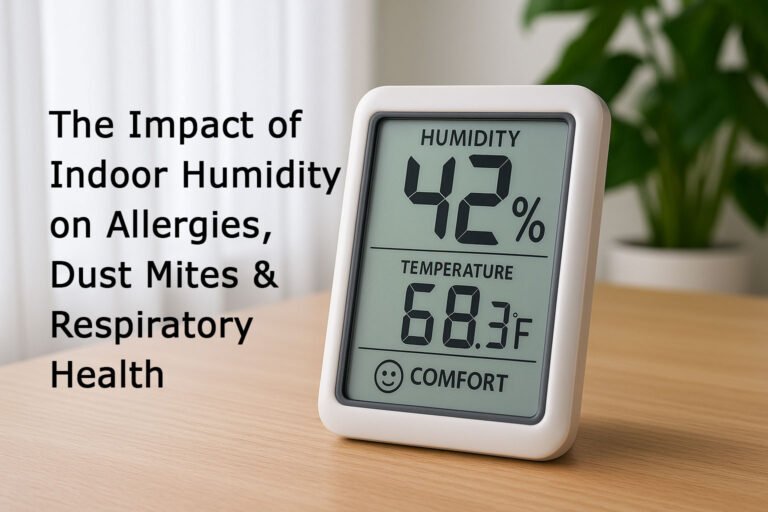
The Impact of Indoor Humidity on Allergies, Dust Mites & Respiratory Health
Indoor humidity is one of the most influential—and often overlooked—factors affecting home comfort, air quality, allergies, and respiratory health. Many…

Are Disinfectant Wipes Effective ?
What Science Shows About Killing Germs at Home Disinfectant wipes have become one of the most common household cleaning tools,…

How Long Viruses Survive on Household Surfaces
A Scientific Guide to Surface Stability, Temperature & Cleaning Most people think of viruses as something that spreads only through…

Laundry Science: Hot vs Cold Water, Detergents & Bacteria Removal
Laundry may feel like a simple household routine, but the science behind how fabrics get clean—and how bacteria, oils, sweat,…

Do Natural Cleaners Kill Bacteria?
A Scientific Comparison of Vinegar, Hydrogen Peroxide & Baking Soda For decades, natural cleaning methods have gained popularity among homeowners…
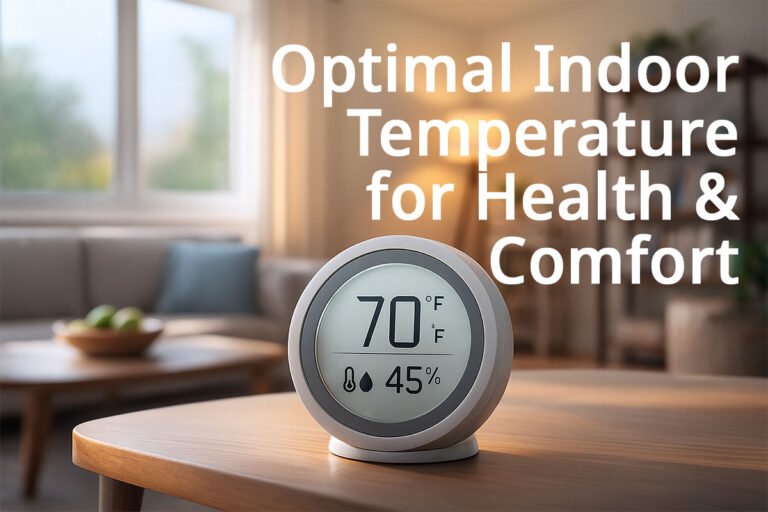
Optimal Indoor Temperature for Health & Comfort
What Science Says About the Best Home Temperature Range Indoor temperature is far more than a matter of comfort or…

The Science of Dust
What Household Dust Is Actually Made Of For most homeowners, dust is simply an everyday annoyance—something to vacuum, wipe off…
- 1
- 2





